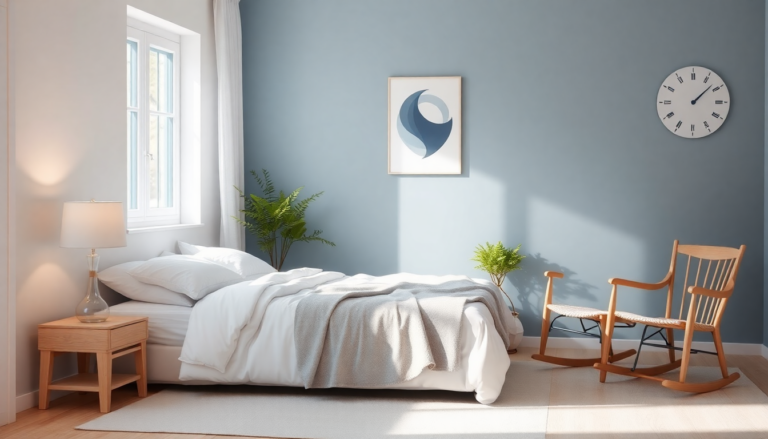Argomenti trattati
We all know that sleep is crucial for our health—after all, it affects our mood, our ability to think clearly, and even our physical well-being. But have you ever stopped to think about how your bedroom setup impacts your rest? Recent studies are revealing some fascinating insights about one key element: room temperature. The National Sleep Foundation has conducted research that identifies the sweet spot for sleep temperature, helping us to create the ultimate sleep haven.
Finding Your Ideal Sleep Temperature
So, what’s the magic number? According to research, the ideal room temperature for a good night’s sleep is around 65°F (18.3°C). This temperature not only keeps you comfortable but also aids your body’s natural ability to regulate its temperature. The findings are clear: a cooler environment can lead to better sleep quality. When our rooms are too warm, we often find ourselves tossing and turning, sweaty, and just unable to sink into that deep sleep we crave. This discomfort can leave us feeling drained and foggy the next day—definitely not the way we want to start our mornings, right?
Many of us have had nights where we just couldn’t catch a break due to an overheated bedroom. It’s frustrating! The study emphasizes that keeping your space cooler can really minimize those disturbances, allowing for more restorative sleep. Clearly, the link between temperature and sleep quality is something we should take seriously if we want to elevate our health and well-being.
Public Reactions and Practical Implications
While the idea of a cooler sleep environment might be comforting for some, social media reactions suggest that practicality is a concern for many. Comments on platforms like Instagram point out the financial strain of maintaining that perfect temperature—especially in those sweltering summer months. One user even joked about how setting the thermostat to 65°F could lead to shocking electric bills, and it seems they’re not alone in that worry.
This brings up a critical question: how can we strike a balance between achieving the ideal sleep environment and managing our budgets? While the research clearly supports a cooler room for better sleep, we can also explore creative solutions to keep energy costs in check. Simple tweaks, like employing fans, using blackout curtains, or choosing breathable bedding, can help you find that sweet balance between comfort and cost.
Implementing Changes for Better Sleep
Given these insights, how can we start making changes in our own sleep environments? First, evaluate your current room temperature. If it’s warmer than that ideal range, it might be time for some adjustments. Investing in quality fans or an air conditioning unit can really help maintain a comfortable atmosphere. Remember, creating a sleep-friendly space isn’t just about temperature; it also involves managing noise and light levels.
Don’t forget to keep track of how these changes affect your sleep quality! Keeping a sleep diary can help you identify patterns and figure out what works best for you. Take note of your mood and energy levels when you wake up; these metrics can serve as key performance indicators (KPIs) on your journey to better sleep.
The Takeaway
At the end of the day, the connection between room temperature and sleep quality is a compelling story backed by solid research. As we all strive for better health and well-being, understanding the science of sleep becomes even more vital. By embracing data-driven insights and implementing practical strategies, we can craft sleep environments that truly support restful nights and rejuvenation. So, are you ready to adjust your thermostat and improve your sleep tonight?

